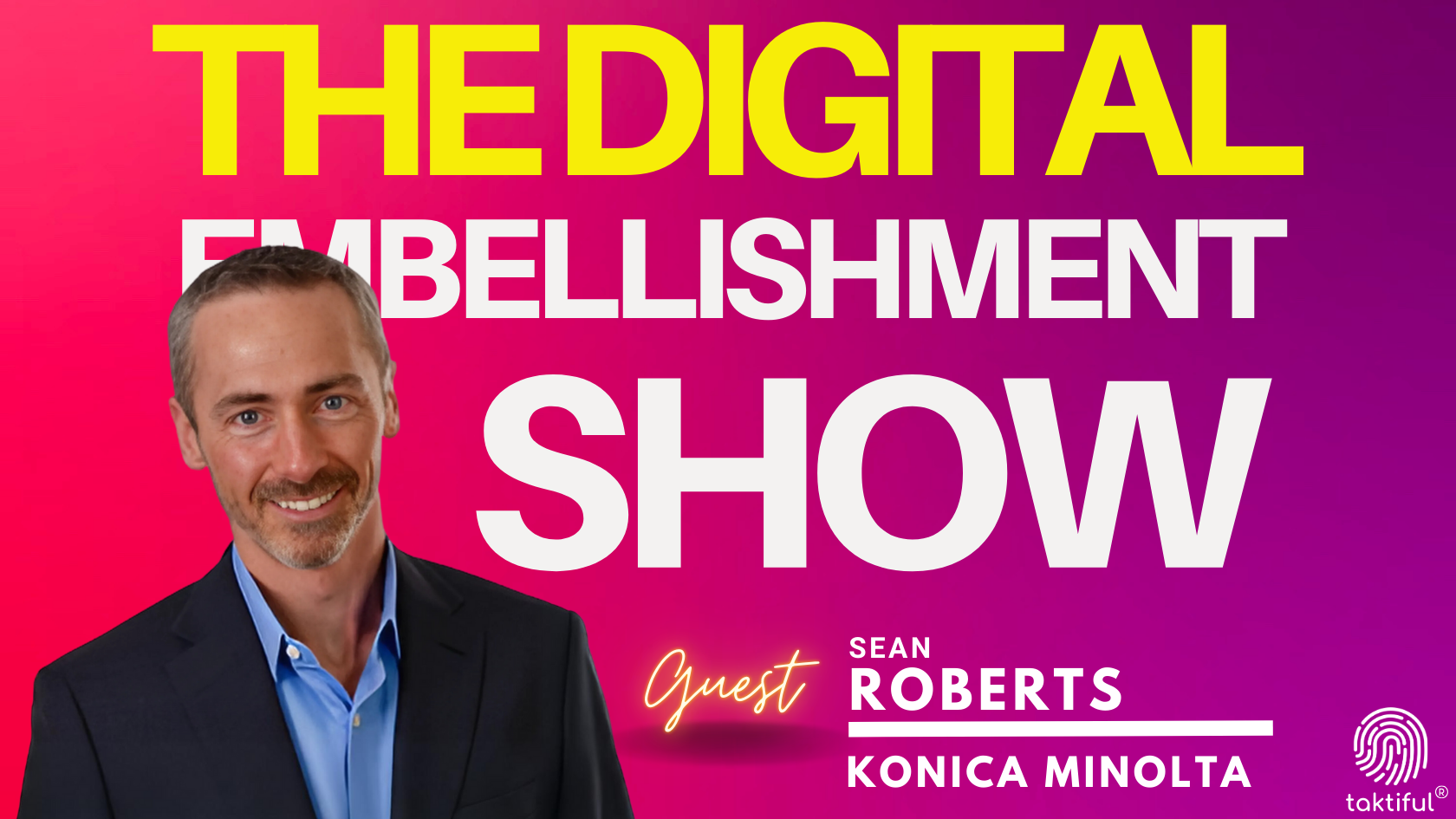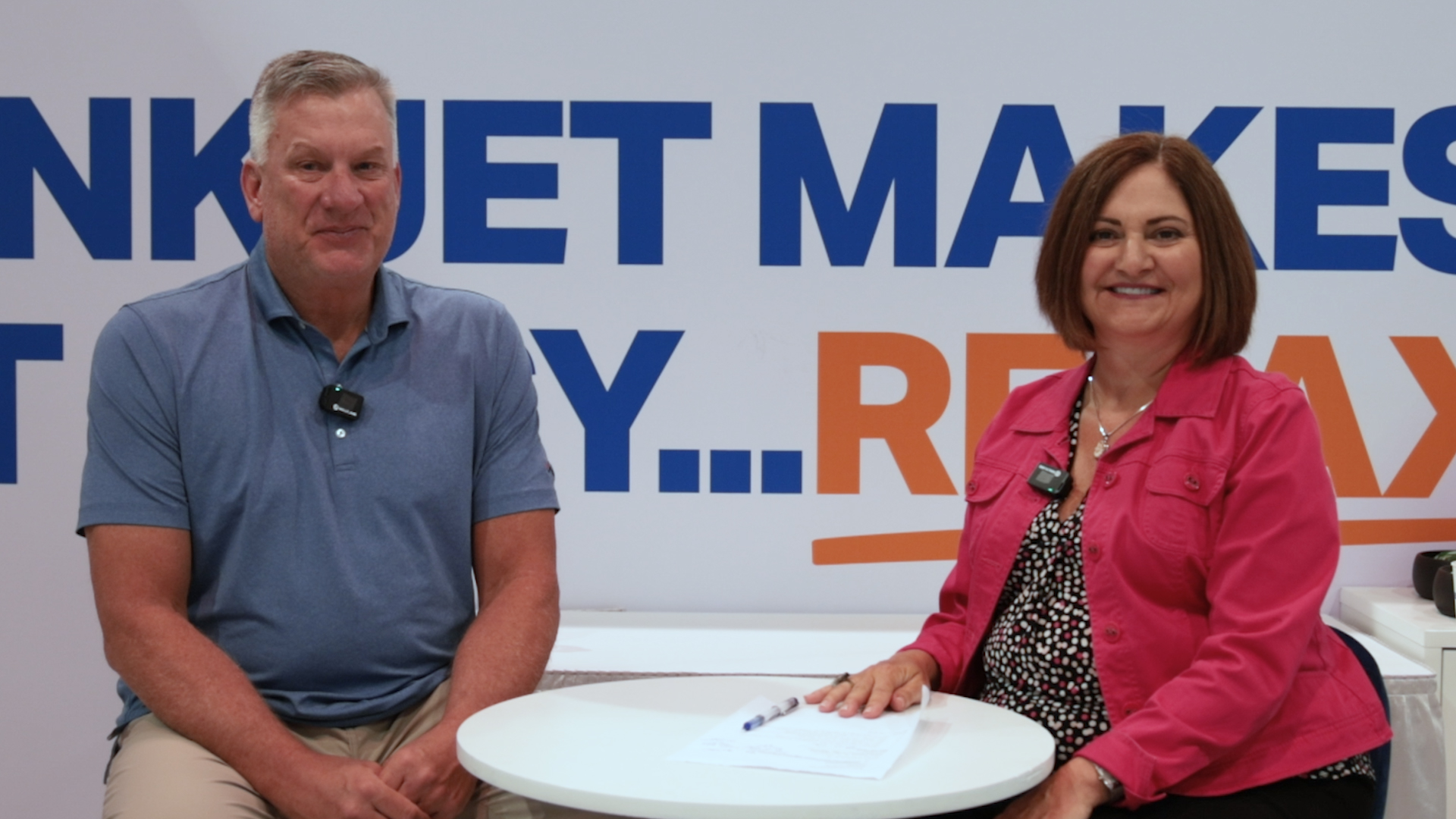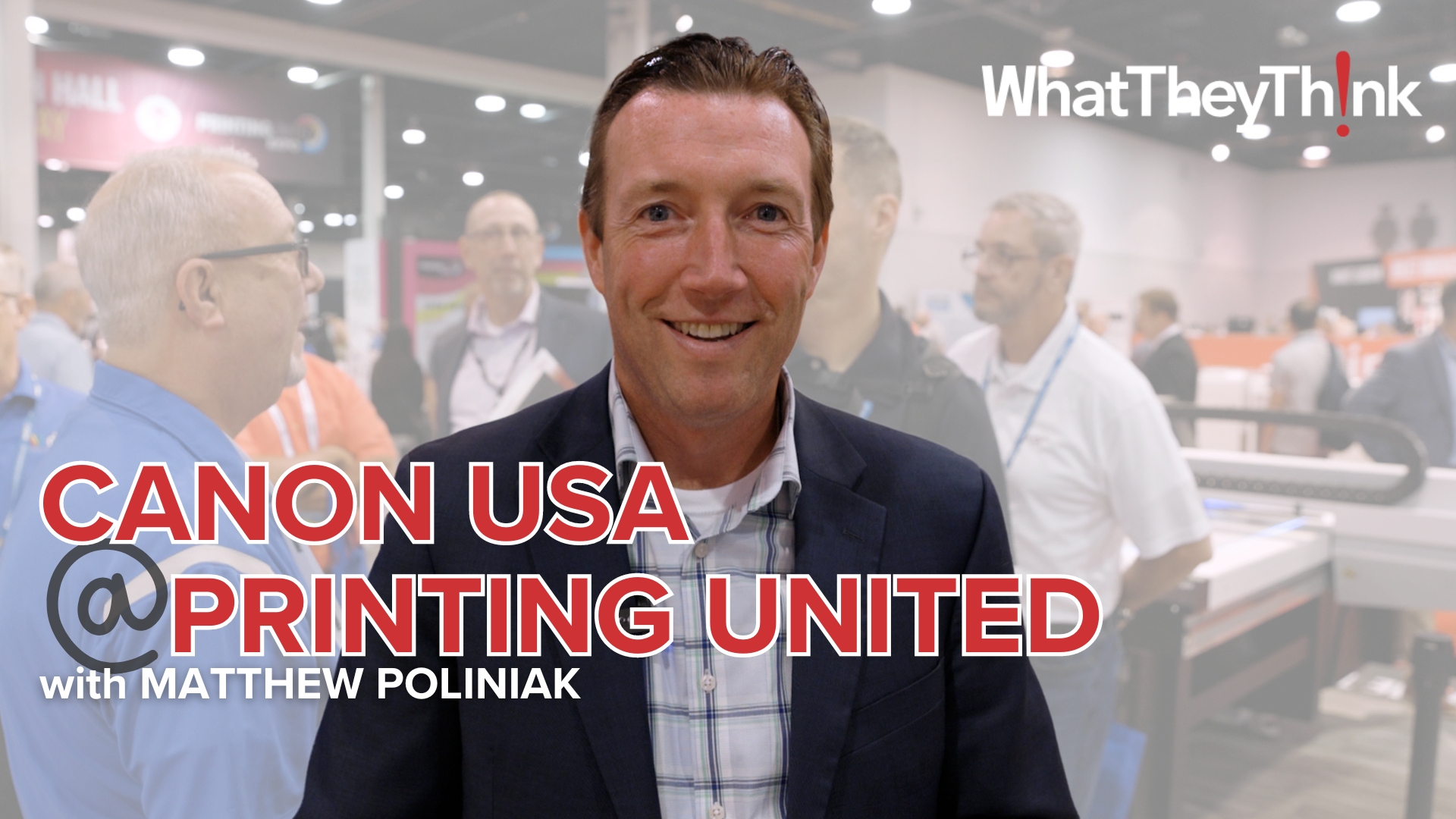Requiem for the Typesetting Service
Frank talks about the typesetting service, a category of the printing industry that is virtually gone. Graphic designers now produce their own type with desktop publishing.
 Official camera partner of WhatTheyThink and the drupa daily. Video from drupa 2024
Official camera partner of WhatTheyThink and the drupa daily. Video from drupa 2024
Video Center
- Questions to ask about inkjet for corrugated packaging
- Can Chinese OEMs challenge Western manufacturers?
- The #1 Question When Selling Inkjet
- Integrator perspective on Konica Minolta printheads
- Surfing the Waves of Inkjet
- Kyocera Nixka talks inkjet integration trends
- B2B Customer Tours
- Keeping Inkjet Tickled Pink
© 2024 WhatTheyThink. All Rights Reserved.















Discussion
By Joe Treacy on Sep 06, 2024
Wow, Frank! I can’t wait to buy your 80th book about the regional trade typesetting shops, or trade typographers.
Needless to say, I have to thank you for helping to keep me interested and focused on typography and all its great potential, over the decades.
I agree; all those that I worked with — including those I was lucky enough to work with at the fantastic B. F. Martin, Yaeger, Bohme & Blinkmann, Walter T. Armstrong, Bair, TypeMasters, The Headliners, Photo-Lettering, Typsettra and others — were all really great people.
Small shops to large, the best have always demonstrated unfailing commitment to their customers and delivering top quality.
Despite that I always presented these true geniuses with challenging vellum layouts and specs to exactly match, they took all comers and cheerfully accomplished everything asked.
I cherish them all, to this day. And every day, I endeavor to live up to all the typographical best practices that they taught me along the way.
Joe Treacy
President & Director of Typography
Treacyfaces.com
By Dick Margulis on Sep 06, 2024
I still have a handful of specimen books on my bookshelf, mostly from full-service printers that did their typesetting in-house, rather than from service bureaus. But I frequently have occasion to relate to younger folks in the publishing industry my experience from 1968 or 1969.
I was a junior copywriter on the Ford account at J. Walter Thompson. We were a major client of a type house, the name of which I don't recall, that had their plant a few blocks away. I want to say it was on East 42nd Street, but I could be off by a few blocks. Anyway, they were very proud of a new machine, and they wanted to show it off, so they invited our group over for a tour.
The building was block-through, so around 60 feet by 200 feet, I think. Five stories in an atrium arrangement. Standing on the first floor, you could look up at four stories, each of which consisted of a railing with an adjacent passageway, and then type cabinets from there to the wall on all four sides, holding their massive collection of foundry type.
Their practice was to scrap type after a job was finished rather than redistribute it, the considerations being the labor cost of redistribution and the fact that they couldn't risk using worn or nicked type for their demanding ad agency clients.
The first floor held Linotypes, Monotypes, proofing presses, and all the miscellaneous equipment needed to compose galleys and pages of type—Linotype magazines, galley trays, composing stones, chases, racks of furniture, what-have-you. Offices lined the walls. In one corner (to the right of the entrance) was a room that was the focus of our visit. In that room, they had a Ludlow machine, a PhotoTypositor and their new toy that they were showing off, an Alphatype.
The point I make when I relate this description to colleagues is that those four floors of foundry type in the hundreds of type cabinets, together with all the machinery on the first floor and all the skilled craftspeople who kept that building humming, constitute a small fraction of the typographic capabilities of the laptop sitting in front of me. The craft business I could never amass the capital to launch as a young man became easily affordable with the advent of digital type and the software to manipulate it.
Thanks for the memories. And good luck with the new book.
By Gordon Pritchard on Sep 06, 2024
Betty Handly, the President of the Typographers Int. Ass., issued a challenge back in 1985 to Apple regarding the use of DTP to set type. Spoiler alert: DTP type is just not professional looking so, nothing for typesetters to worry about. You can read her challenge here (hope the link works):
http://tiny.cc/9x2lzz
By HARVEY LEVENSON on Sep 10, 2024
Frank, thanks for reminding me of some fond and nostalgic memories of my start in the printing industry.
I need to be anecdotal to explain further.
Frank and I are from the same eras, both from Brooklyn and lived through the industry’s transition from letterpress to lithography to digital printing. I started in the printing industry in
1961, working in NYC commercial printing and advertising. I began in copy preparation, first preparing newspaper retail ads and then for an ad agency specializing in the jewelry industry where we did numerous jewelry catalogs. I was so good at this that I was pronounced “the fastest paste-up artist in NYC,” and promoted to Art Director. One of my jobs was ordering type from one of those typesetting services that Frank referred to.
I recall waiting anxiously for the type to arrive by “a messenger services on bike,” so famous in NYC at the time. I recall receiving envelopes of beautifully set type on the highest of quality paper covered with glassine sheets for protection. This was original type used to create what was called paste-ups or mechanicals, ready to be photographed for the preparation of letterpress or lithographic plates. (I still have some of those copper and zinc plates used to produce jewelry catalog pages at the time.)
I became an expert at carefully cutting and pasting the smallest of type using X-Acto knives and rubber cement, knowing that one slip of the knife would ruin the type and require reordering. If you’ve ever seen a jewelry catalog, you would notice that each item has an ID number and price set in typically about 6 pt. type. I had to carefully and rapidly slit the ID and price numbers for each item and carefully paste them on acetate overlay sheets perfectly aligned and positioned over pages of jewelry items. I was told that I could do with type, X-Acto, knives, rubber cement, T-squares and triangles, what few people could.
Then, one day a change appeared on the horizon—phototypesetting. I immediately knew that I had better learn what this was all about. Next stop? RIT!
The end of typesetting services was imminent.
Thank you, Frank, for stimulating this nostalgic memory.
Harvey R. Levenson
Professor Emeritus, Cal Poly SLO
Discussion
Only verified members can comment.